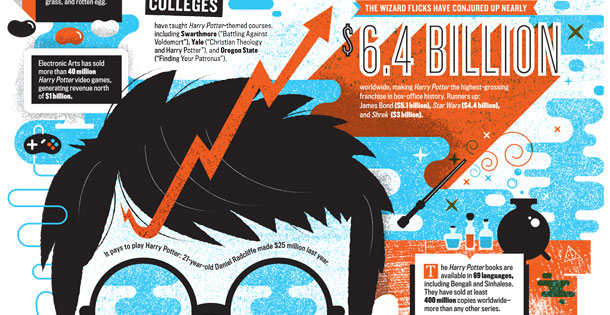Trendwatching.com (@trendwatching) has coined “The F-FACTOR” to describe the power and reach social media has on commerce and branding.
- The F-FACTOR is currently dominated by Facebook, as over 500 million active users spend over 700 billion minutes a month on the site. (Source: Facebook, April 2011)
-
And its impact isn’t just on Facebook itself. Every month, more than 250 million people engage with Facebook across more than 2.5 million external websites. (Source: Facebook, April 2011)
- The average user clicks the ‘Like’ button 9 times each month. (Facebook, 2010)
- Three-quarters of Facebook users have 'Liked' a brand. (Source: AdAge/ Ipsos, February 2011)
Here are 5 ways the F-FACTOR influences consumption behavior:
-
F-DISCOVERY: How consumers discover new products and services by relying on their social networks.
-
F-RATED: How consumers will increasingly (and automatically) receive targeted ratings, recommendations and reviews from their social networks.
-
F-FEEDBACK: How consumers can ask their friends and followers to improve and validate their buying decisions.
-
F-TOGETHER: How shopping is becoming increasingly social, even when consumers and their peers are not physically together.
-
F-ME: How consumers’ social networks are literally turned into products and services.
Read further explanation of the above points.
Also see Marketing Charts (@marketingcharts) “Consumers Tap into ‘F-Factor’”
Keep in mind, according to a March 2011 survey by RetailMeNot.com and Harris Interactive, search engines are still the most popular online means of finding deals (67%), outpacing retailer emails/ads (30%), coupon websites (23%), and price comparison sites (22%).
Let Somersault help you optimize the F-FACTOR for your brand.












